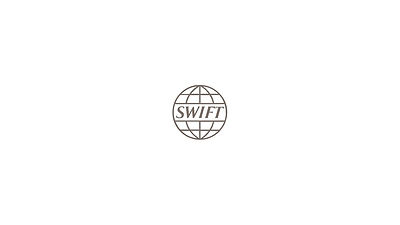Blog post - How the OA Switchboard fits into the ecosystem with collaboration and transparency built-in (PART 1/THE INTERMEDIARY)
15 August 2022 by Yvonne Campfens, Executive Director OA Switchboard
As research funders and institutions are expanding open access requirements, and business models become increasingly complex and diverse, how do stakeholders navigate the open access research and publishing maze?
How do publishers support a smooth and compliant author journey and report on open access publication output?
How do funders demonstrate the extent and impact of their research funding and deliver on their commitment to open access?
How do research institutions, and their libraries, connect with their research and simplify their workflows?
The OA Switchboard is a mission-driven, community led initiative designed to simplify the sharing of information between stakeholders about open access publications throughout the whole publication journey. It provides a standardised messaging protocol and shared infrastructure that is designed to operate and integrate with all stakeholder systems, and can help with these challenges above. It is built by and for the people who use it, and is leveraged with existing PIDs.
Who are these stakeholders, systems and identifiers, and how do we fit into the overall open access (OA) publishing ecosystem?
This post, the first in a series to answer that question, is about the ‘intermediary’ concept.
PART 1: THE INTERMEDIARY
What we set out to do, and how we made the concept of an intermediary work for us
In 2018 a group of stakeholders representing research funding organizations, academic libraries, scholarly publishers, and open infrastructure providers met to discuss a proposal for addressing the growing set of challenges in the implementation of open access publication-level arrangements. As a result, the OA Switchboard has been developed from an idea to something which is now fully live and operational.
The challenges the stakeholders were, and are, faced with are in no way unique to the open access publishing landscape. In fact, they are relatively common in marketplaces that have an increasingly complex web of interactions between buyers and sellers. The introduction of a central intermediary is often the easiest way to reduce such complexity, and many successful online marketplaces have thus established themselves. Within the traditional scholarly communications space for example we have well-established library consortia and subscription agents.
Yet sometimes a central payment intermediary can create challenges whilst aiming to provide benefits, and there are important risks inherent in any solution that is based on a central payment intermediary. This was well recognised when the viability of the OA Switchboard was initially explored (see our Introductory blog post).
So, for the OA Switchboard we chose the concept of an intermediary for information about publications themselves, but made the deliberate decision not to serve as an intermediary for publication payments.
Simplifying many-to-many relationships
For parties to communicate and exchange data about OA publications throughout the whole publication journey, they are faced with myriad systems, portals, and processes. This requires managing many-to-many relationships, and brings administrative burden and manual work. For example: technical (integrations, connections, version control, etc); operational (e.g. organising regular data feeds); data security and GDPR; contracts (covering a.o. roles and exit scenarios); personal relationships and communication (e.g. email).
The OA Switchboard as a central message hub simplifies the situation. The efficiency equation shows the power of an intermediary and works as follows. Let’s assume our ecosystem consists of 500 publishers and 20,000 institutions (we will leave research funders out of the equation for now), who all work with each other.
Publisher A must then maintain and manage 20,000 relationships.

All 500 publishers will have to do the same. For 500 publishers to each have 20,000 relationships, means (500 * 20,000 =) 10,000,000 relationships to be maintained and managed!

The OA Switchboard as intermediary drastically simplifies the picture, and has the potential to bring 10,000,000 relationships down to (500 + 20,000 =) 20,500 relationships.
This is the power of an intermediary: efficiency and cost savings. It works in many industries.


Where we got our inspiration from
The inspiration back in 2018 for the proposed solution came from other examples of community-governed scholarly infrastructure, namely the Crossref DOI registry and ORCID, which have successfully brought together a large and diverse community of stakeholders to address complex challenges.
For the actual development of the OA Switchboard, we have been inspired by SWIFT, the global provider of secure financial messaging services.
Guarantees for the community
The OA Switchboard is a central information exchange hub that provides a safe space for publication metadata. The standardised protocol allows for the transparent exchange of data about OA publications between stakeholders. This is all about trust, collaboration and efficiency.
Learn all about the OA Switchboard in just two minutes in this video animation, which is currently available in English, French, German, Japanese, and Portuguese.
